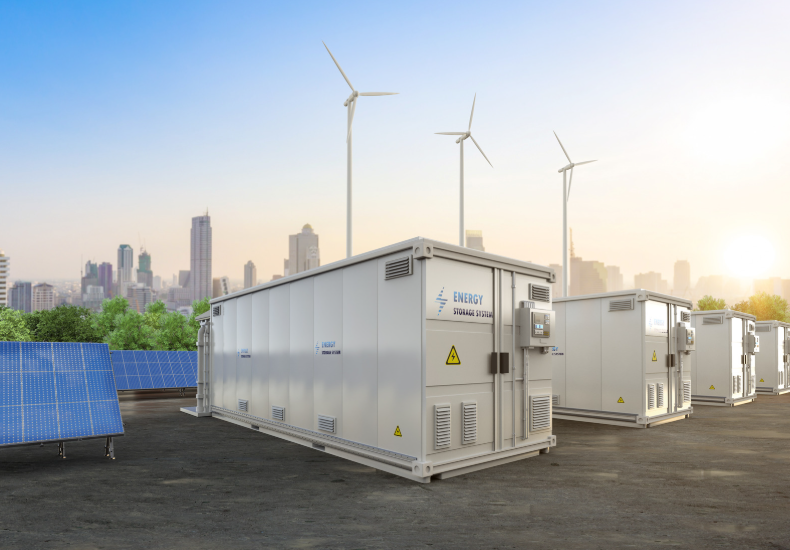With lithium-ion supply chains under stress and battery safety still a headline risk, U.S.-based startup Peak Energy is betting on a long-overlooked chemistry: sodium-ion. The company has introduced what it describes as the world’s first fully passive, grid-scale sodium-ion battery energy storage system (ESS), piloted with nine utilities and independent power producers across the U.S.
The system uses a sodium-ion phosphate pyrophosphate (NFPP) chemistry and is engineered with a passive thermal design that operates without moving parts—removing key failure points commonly associated with lithium-ion systems. In an energy storage market where safety, cost, and domestic supply chain resilience are fast becoming competitive levers, this design pivot positions Peak Energy as an early mover in the sodium-ion segment.
The implications are substantial. Peak Energy’s passive design eliminates the need for active cooling, ventilation, and auxiliary power—features that have repeatedly contributed to safety incidents in lithium-ion deployments. Third-party assessments cited by the company suggest that removing these components significantly reduces fire risks and lifetime energy consumption. With fewer system complexities, the company claims its ESS achieves parity in upfront capital cost with lithium iron phosphate (LFP) batteries while delivering a 20% lower lifetime system cost.
Operational savings are another key differentiator. Peak Energy projects more than $1 million in annual operational cost savings per gigawatt-hour of installed capacity. This includes reduced maintenance requirements, lower thermal management overhead, and longer component life. The system also promises 33% less battery degradation over a 20-year lifespan compared to conventional lithium-ion equivalents, a figure that, if validated in long-term deployments, could materially change lifecycle cost modeling across the utility-scale market.
From a strategic standpoint, the shift to sodium-ion unlocks domestic sourcing advantages. The United States holds the largest global reserves of soda ash—a key precursor for sodium-ion batteries. By leveraging U.S.-based and allied supply chains, Peak Energy is aligning with federal objectives around reshoring clean energy manufacturing and reducing dependence on geopolitically sensitive materials like lithium and cobalt. In this context, sodium-ion emerges not just as a technical solution, but as a geoeconomic one.
Peak Energy’s pilot system is already catalyzing commercial interest. Nearly 1 GWh of commercial contracts are under negotiation, according to the company, with plans to scale deployments to several hundred MWh by 2027. The startup also intends to establish its first U.S.-based sodium-ion cell factory by 2026—a critical step in anchoring long-term competitiveness against the established lithium-ion incumbents.
The company’s founding team, drawn from Tesla, Apple, and Enovix, secured $55 million in Series A funding last year. They aim to translate laboratory innovation into infrastructure-grade reliability, all while sidestepping the cost and complexity that have dogged first-generation battery chemistries in large-scale applications.
While market incumbents continue to optimize lithium-ion systems, sodium-ion offers a different set of tradeoffs. Its lower energy density is a known limitation, but for stationary storage—where volume is less constrained—its thermal stability, abundant raw materials, and domestic manufacturability offer a compelling counterbalance. Peak Energy’s grid-scale deployment marks a critical test: whether sodium-ion can move beyond niche and into the core of the energy transition.
As utilities seek to balance cost, safety, and resilience under increasingly volatile climate and geopolitical conditions, the window for alternative chemistries is opening. Whether sodium-ion can deliver on its promise will hinge not only on pilot success but on how quickly the broader ecosystem—from regulation to procurement—adapts to its distinct value proposition.
